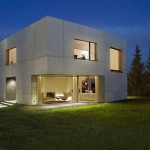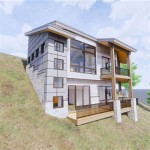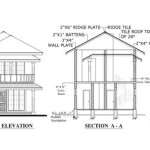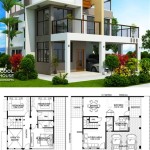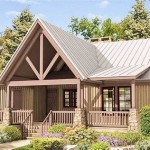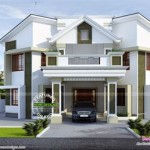A Comprehensive Guide to Moroccan House Plans Design: Unveiling the Essence of Moroccan Architecture
Morocco, a land of enchanting beauty and rich cultural heritage, has captured the hearts of architects and homeowners alike with its captivating architectural style. Moroccan house plans encapsulate the harmony between tradition and modernity, offering a unique blend of intricate details, vibrant colors, and serene spaces that reflect the essence of Moroccan culture.
Elements of Traditional Moroccan Architecture
Traditional Moroccan architecture is characterized by its distinct elements, which have been passed down through generations. These elements include:
- Arched Doorways: Majestic arched doorways, often adorned with intricate carvings, create an inviting and grand entrance to the home, welcoming guests into a realm of opulence.
- Courtyards: Central courtyards, known as riads, serve as the heart of the house, providing natural light, ventilation, and a secluded oasis within the dwelling.
- Tiled Floors and Walls: Vibrant tiles, adorned with intricate geometric patterns and vibrant colors, add a touch of artistic flair and enhance the visual appeal of the space.
- Zellige and Tadelakt: Zellige, hand-cut mosaic tiles, and Tadelakt, a waterproof lime-based plaster, are traditional Moroccan materials used to create stunning visual effects on walls and floors.
Modern Interpretations of Moroccan House Plans
While traditional elements remain the core of Moroccan house plans, contemporary architects are incorporating modern interpretations to create homes that cater to modern lifestyles. These interpretations include:
- Open Floor Plans: Open floor plans, blending the living, dining, and kitchen areas, provide a spacious and airy feel, enhancing the flow of light and energy within the home.
- Large Windows and Terraces: Expansive windows and terraces connect the interior spaces with the outdoors, blurring the boundaries between the two, and offering breathtaking views of the surrounding landscape.
- Sustainable Features: Sustainable features, such as solar panels, rainwater harvesting systems, and energy-efficient appliances, are seamlessly integrated into modern Moroccan house plans, reflecting the increasing environmental consciousness.
Functional and Aesthetic Considerations
When designing Moroccan house plans, architects strike a delicate balance between functionality and aesthetics. The result is homes that are not only visually captivating but also practical and comfortable for everyday living:
- Private Spaces: Private spaces, such as bedrooms and bathrooms, are designed to provide privacy and tranquility, offering a sanctuary away from the hustle and bustle of the main living areas.
- Storage Solutions: Built-in storage solutions, such as closets, cabinets, and alcoves, are cleverly designed to maximize space utilization and maintain a clutter-free environment.
- Multi-Purpose Spaces: Multi-purpose spaces, such as guest rooms that convert into seating areas, allow for flexibility and adaptability, catering to the changing needs of the homeowners.
Conclusion
Moroccan house plans embody a seamless fusion of tradition and innovation, creating homes that are both visually stunning and functionally sound. By incorporating the essential elements of traditional Moroccan architecture, while embracing modern interpretations, architects can design spaces that capture the essence of Morocco's rich cultural heritage while meeting the demands of contemporary living. These homes serve as a sanctuary for the soul, inviting homeowners to embark on a journey of architectural artistry and cultural immersion.

Privilege Riads Riad Floor Plan Moroccan Courtyard House Plans

Pin By Arch Hayam Y Elzwi On Courtyard House Plans Model Plan Mansion Floor

Floor Plans Of Moroccan Houses Google Search Plan De Maison Avec Patio Cour Etage

Mediterranean House Plan Coastal Waterfront Style Home Floor

The Cordova Is A Moroccan Andalusian Styled Custom Home

Moroccan House Plan 175 1052

Family Riad In Marrakesh Royal Mansour Floor Plan Home Design Plans Moroccan

Morocco Affordable Home Design With 4 Bedrooms Mojo Homes

Umber Kazmi Morocco House Layouts Moroccan Houses

Morocco Affordable Home Design With 4 Bedrooms Mojo Homes

